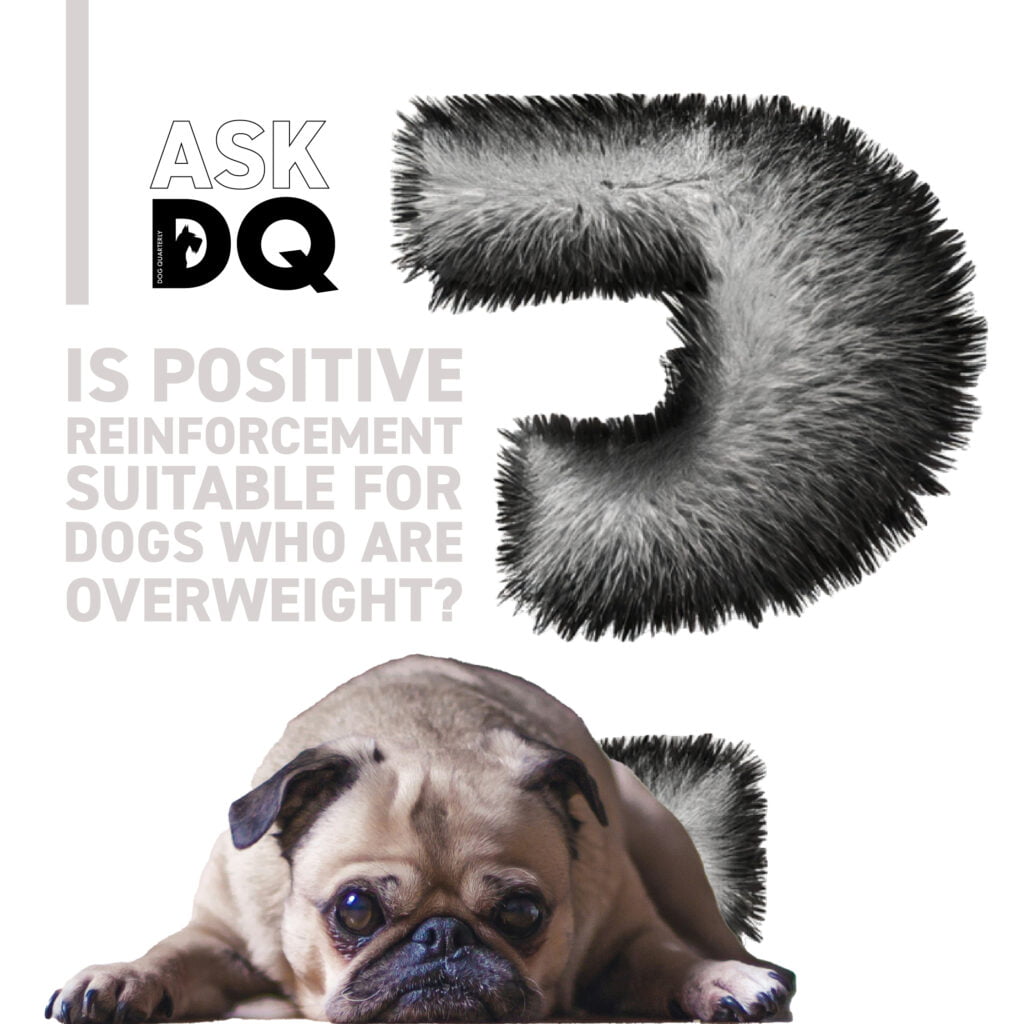Q: Is positive reinforcement suitable for dogs who are overweight?
A: Positive reinforcement is suitable for all dogs, including overweight ones. In fact, it is one of the most effective and humane training methods available. The key to using positive reinforcement with overweight dogs is to be mindful of the types and amounts of rewards used. Here are some tips on how to effectively use positive reinforcement while managing your dog’s weight:
- Choose healthy treats
– Low-calorie options: Use low-calorie treats specifically designed for training. Many commercial dog treats come in low-calorie versions.
– Small portions: Cut treats into small pieces to limit calorie intake while still providing a reward.
– Vegetables: Many dogs enjoy vegetables like carrots, green beans, or small pieces of apple, which are low in calories and healthy.
- Use non-food rewards
– Praise and affection: Verbal praise, petting, and playtime can be very effective rewards and help reinforce good behaviour without adding calories.
– Toys and play: Use favourite toys or play sessions as rewards. Many dogs find playing fetch or tug-of-war just as rewarding as treats.
- Monitor and adjust
– Calorie counting: Keep track of the treats and adjust your dog’s regular meals accordingly to avoid overfeeding. Alternatively, you can use part of your dog’s meal as training treats. This way, you are not adding extra calories but still rewarding good behaviour.
– Measure progress: Regularly monitor your dog’s weight and overall health. If you notice any negative changes, consult your veterinarian.
- Exercise and activity
– Encourage movement: Incorporate physical activity into your training sessions. Even simple commands like ‘sit,’ ‘stay,’ and ‘come’ can be practised while on a walk or during playtime.
Conclusion
Positive reinforcement is highly effective and suitable for overweight dogs. You can successfully train your dog while managing their weight by choosing healthy treats, using non-food rewards, monitoring your dog’s diet, and incorporating exercise. Always consult your veterinarian to create a balanced plan that suits your dog’s needs.


